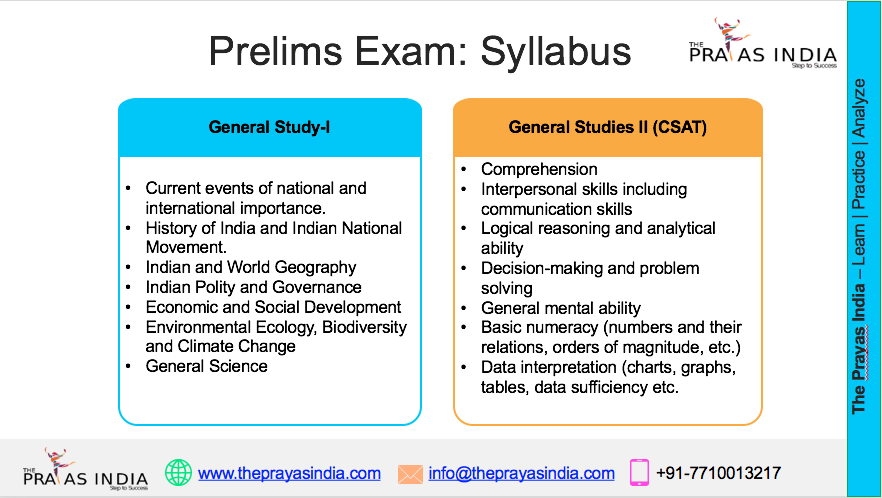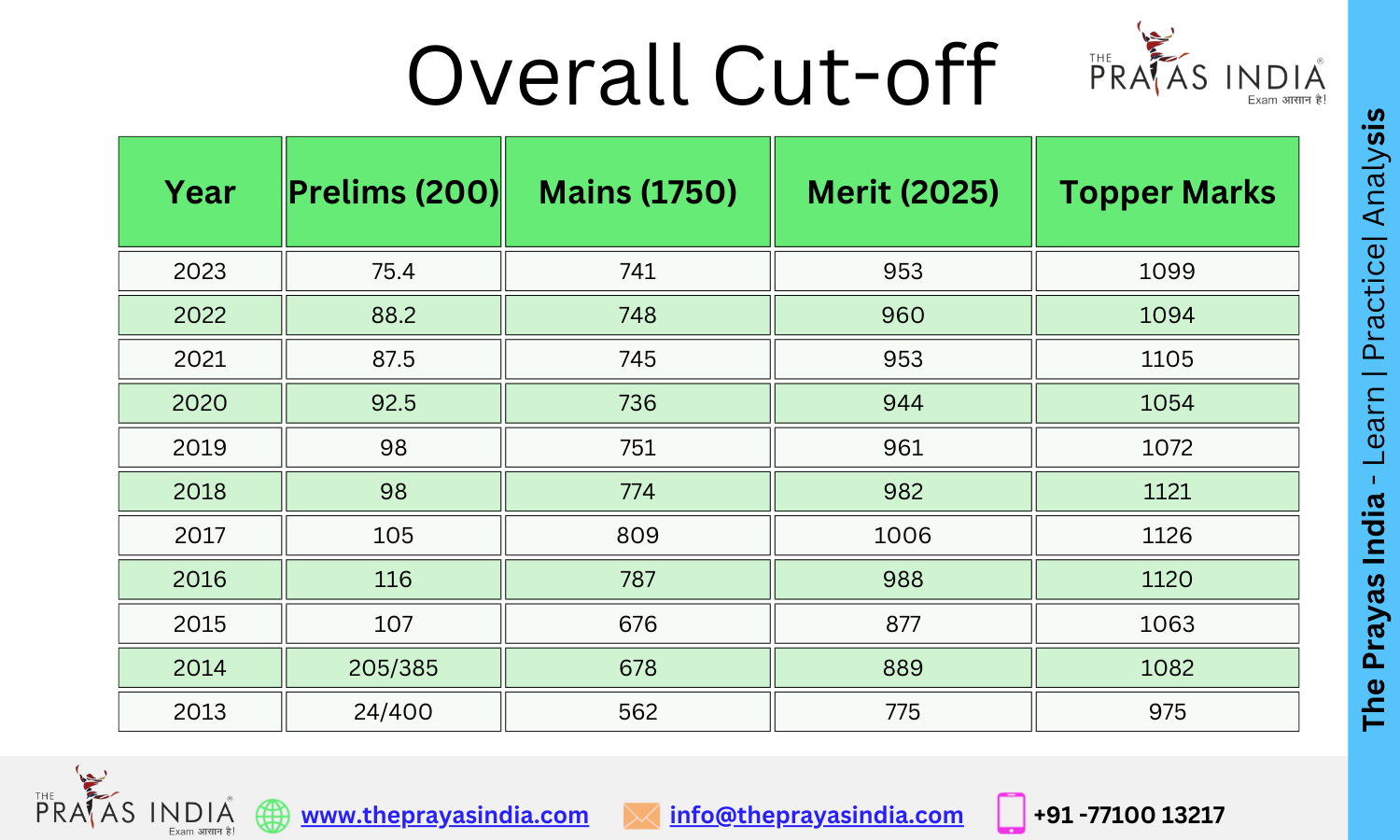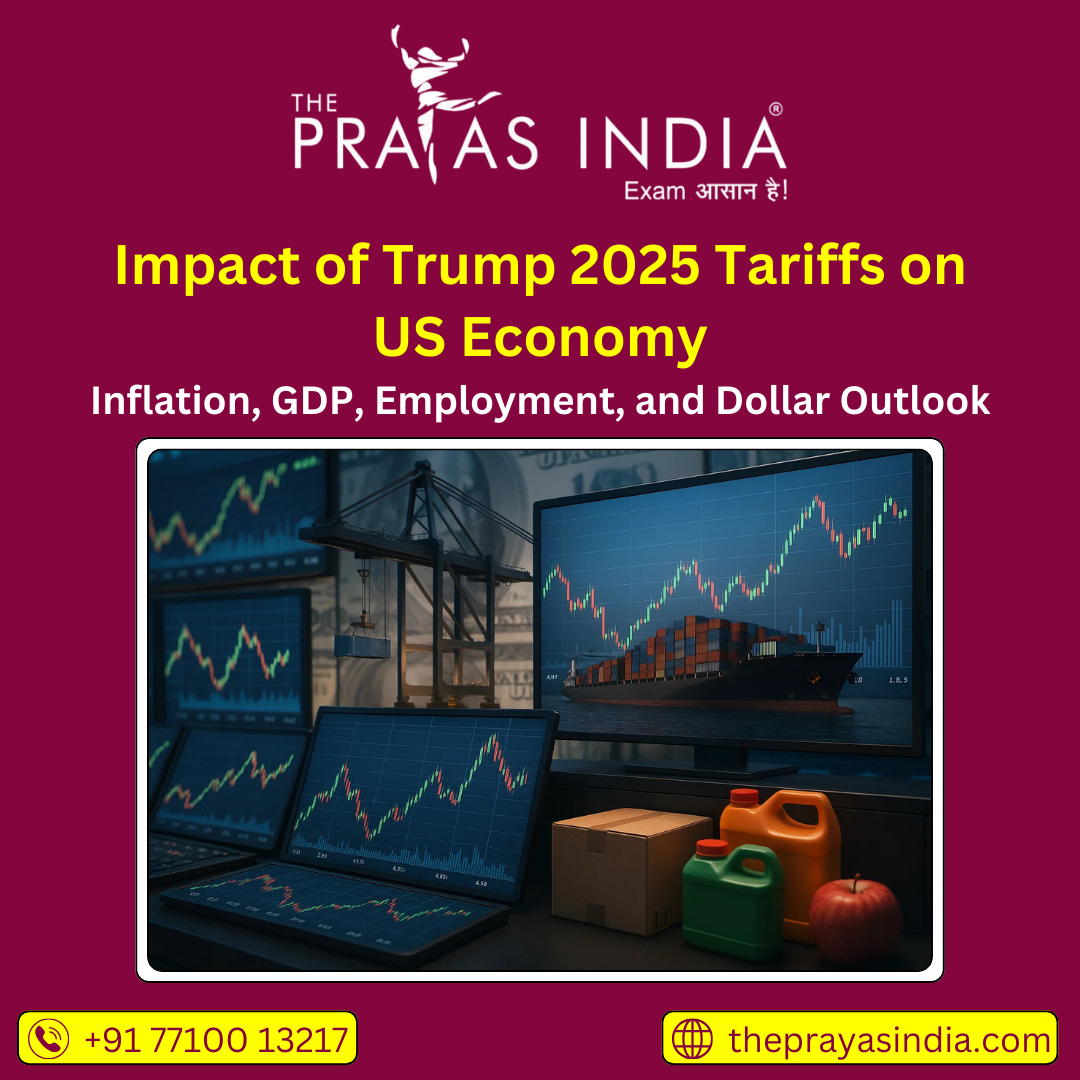Rising Oil Prices and Currency Volatility: Economic Impact and RBI’s Response in June 2025
As of mid-June 2025, global energy markets experienced renewed turbulence, with Brent crude prices climbing to nearly $78 per barrel before marginally cooling down. Geopolitical tensions in major oil-producing regions and supply-side disruptions primarily triggered the price surge. For an energy-import-dependent economy like India, such price fluctuations have direct and far-reaching effects.
This spike in oil prices has been accompanied by increased volatility in the Indian rupee and bond markets. The rupee depreciated against the US dollar as global investors moved towards safe-haven assets, and oil import bills put pressure on India’s trade balance. Yields on Indian government bonds also rose, signaling tightening liquidity and heightened investor caution.

RBI’s Response: Stabilising Amid Volatility
The Reserve Bank of India (RBI) had recently announced its sharpest repo rate cut in five years, targeting economic growth as inflation remained within manageable limits. However, the new oil shock and resulting currency pressure prompted the RBI to shift focus back to liquidity absorption and exchange rate stability.
The central bank launched variable rate reverse repo auctions to absorb excess liquidity, helping to control inflationary risks while supporting the rupee. Additionally, the RBI is believed to be conducting spot market interventions to prevent excessive currency depreciation, aiming to maintain macroeconomic balance without stalling growth recovery.
This sequence of events showcases the RBI’s evolving policy toolkit in managing external shocks while pursuing a growth-friendly stance. It also underlines the complex balancing act between stimulating domestic demand and maintaining financial stability.
Broader Economic Implications
1. Imported Inflation
Rising oil prices increase the cost of fuel and transportation, which trickles down into food, goods, and services. India, as one of the largest oil importers globally, is particularly vulnerable. This can affect the Consumer Price Index (CPI), making it harder for the central bank to maintain its inflation target range.
2. Current Account Deficit (CAD)
Higher import bills widen the CAD, reducing foreign exchange reserves and putting pressure on the rupee. Sustained high oil prices can also affect investor confidence and raise questions about India’s external sector resilience.
3. Fiscal Strain
Government subsidies on fuels like LPG and diesel may increase to cushion public impact, placing additional stress on the fiscal deficit. Combined with ongoing welfare and infrastructure expenditures, this could reduce fiscal space for growth initiatives.
4. Investment Sentiment
Currency weakness and inflation uncertainty may dampen investor confidence, especially among foreign portfolio investors. This could increase capital outflows and raise borrowing costs for the government and corporates alike.
5. Monetary Policy Challenge
The RBI now faces a dilemma—support growth through lower interest rates or prevent inflation by tightening liquidity. Any misstep could either hurt the recovery or trigger macroeconomic imbalances.
The Global Link: Energy Markets and Emerging Economies
India’s situation reflects a broader challenge faced by emerging economies—how to manage the fallout from global commodity price swings. Countries with large energy import needs and limited monetary policy space often suffer from such external shocks. The situation is made worse when these shocks coincide with tight global monetary conditions, as investors tend to pull capital away from riskier assets.
Why This Topic Matters for Competitive Exams
For aspirants preparing for UPSC, RBI Grade B, SSC CGL, IBPS, and State PSCs, this event connects to multiple key areas:
-
UPSC GS Paper III: Monetary policy, inflation control, external sector, energy security
-
Essay Paper: Price stability vs. growth, global economic interdependence
-
Economics Optional: Exchange rate management, open economy macroeconomics
-
Banking Exams: RBI tools, repo and reverse repo rates, liquidity management
-
Current Affairs: RBI policies, Brent crude price trends, India’s fiscal and trade data
Understanding such real-time developments and their policy responses helps aspirants write informed and analytical answers, boosting both prelims accuracy and mains answer quality.
Conclusion
The surge in oil prices and resulting currency volatility in June 2025 underscores the fragile balance between growth and stability in the Indian economy. The RBI’s swift intervention highlights the crucial role of central banks in navigating external shocks. As India moves through a phase of post-pandemic recovery, such events test the resilience of its economic institutions and the robustness of its policy framework.
At The Prayas India, we equip our students with the tools to not only track such developments but understand their underlying causes and consequences. For future civil servants, economists, and administrators, these events offer practical lessons in decision-making, crisis response, and policy design.


![Prayas-लक्ष्य [UPSC CSE Target] The Prayas India](https://theprayasindia.com/wp-content/uploads/2021/08/Prayas-लक्ष्य-UPSC-CSE-Target-The-Prayas-India-300x167.png)

![Prayas Pre-भेदश [UPSC CSE Prelims Test Series] The Prayas India](https://theprayasindia.com/wp-content/uploads/2021/08/Prayas-Pre-भेदश-UPSC-CSE-Prelims-Test-Series-The-Prayas-India-300x167.png)










